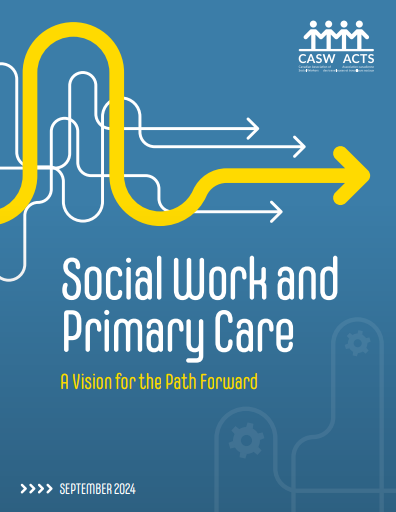Models of care

In her keynote speech Germaine Trudeau-Eilliott shared three models of care: multidisciplinary, interdisciplinary and integrated
In a multidisciplinary care model, services, where available, operate and are accessed separately. “The care is fragmented, and the patient or community member must continuously reshare their story with each one of these agencies,” she explains. “The client is treated as a collection of symptoms and less as a whole person.”
An interdisciplinary care model provides a single point of access to services. The care is less sequential. However, while health professionals work together, sharing insights from each of their professional perspectives, there is a lack of attention to the social determinants of health.
“An integrated care model is what we strive for,” says Trudeau-Elliot. Integrated care provides wholistic support that addresses all aspects of a patient’s health and wellbeing. This approach views each person and the environments and systems that affect them as unique. Working together, each member of the interprofessional health care team considers all the factors that impact a patient’s health, including past traumas. They don’t just work with the individual, but with their families and loved ones. Ideally, they are integrated within the patient’s community.
Social workers are central to the integrated care model. “For individuals, it means safer care experiences, fewer retelling of painful histories, easier access to both good, clinical and cultural supports and plans that respect choice,” says Trudeau-Eillot. Social workers help the patient and their family navigate services and wellness programs that might help them with their trauma, and they are equally valued as a practitioner.
Learning from Indigenous-led, community-based models
Germaine Trudeau-Elliott is Anishinabewaki of the fish clan from Serpent River, First Nation. She works for the Barrie area native advisory circle as the executive director of the Mamaway Wiidokdaadwin interprofessional primary care team. Her keynote speech shared insights from the organization’s Indigenous-led, community-based model, emphasizing decolonization, cultural safety, and integrated care.
Mamaway Wiidokdaadwin integrates Indigenous knowledge systems with Western clinical practices. It acknowledges the importance of mind, body, and spirit, and recognizes that healing must address emotional, spiritual, and social dimensions — not just physical symptoms. “In my region, we say culture is healing,” says Trudeau-Elliott. Traditional Indigenous health practices are valued and permeate throughout the system.
Using diabetes as an example, Trudeau-Elliot cites evidence that prescribing Western medication is only part of the solution. Physical exercise and cultural foods (which are healthier than the processed foods that tend to be ubiquitous in our society) can be equally effective in lowering blood-sugar levels, while mental health, community support, and trust in the system can help increase the likelihood that a patient will take the medication they need.
5 key takeaways from Mamaway Wiidokdaadwin’s wholistic model of care:
- The intake process is made as quick and comfortable as possible.
- Whenever possible, Indigenous health care professionals are recruited and hired.
- The standard of care is based on Indigenous values and incorporates traditional Indigenous practices alongside western methods.
- Primary health care teams work to drive system change, partnering with hospitals to help them better understand needs and create safe spaces for patients.
- A community health team works to build capacity within the community to become centers of health.
How social workers contribute to primary health care
In the primary care setting, “Social workers offer comprehensive trauma-informed services to people of all genders and all ages, across the various life stages, who may be experiencing concerns related to a broad range of health and mental health issues. Although mental health is often a key focus, social workers in primary care support people through life transitions, and with challenges related to a range of health concerns, including but not limited to diabetes, cancer and other chronic diseases, dementia and other neurological issues, end-of-life and palliative care. As experts in providing mental health services, social workers in primary care offer a range of clinical services, responding to clients’ psychosocial needs while attending to social determinants of health. Social workers can contribute to the comprehensiveness of primary care via counselling, health promotion, client education, and chronic disease management, as well as other services including case management, resource navigation, and collaboration across health and social sectors. They are also extremely well versed in community needs, navigating across health and social systems, and accessing community resources.”
From the report: Social Work and Primary Care: A Vision for the Path Forward, by the Canadian Association of Social Workers

